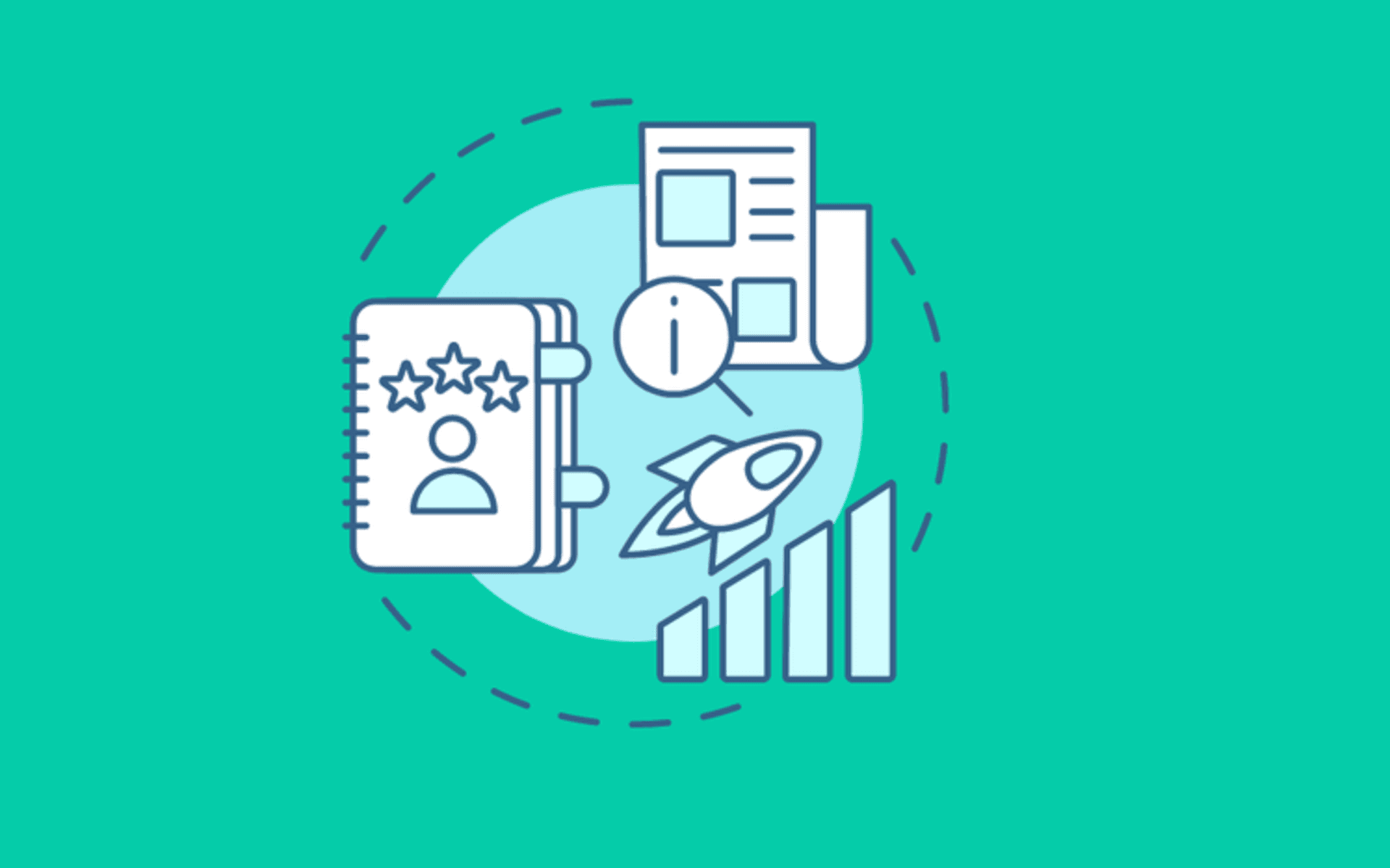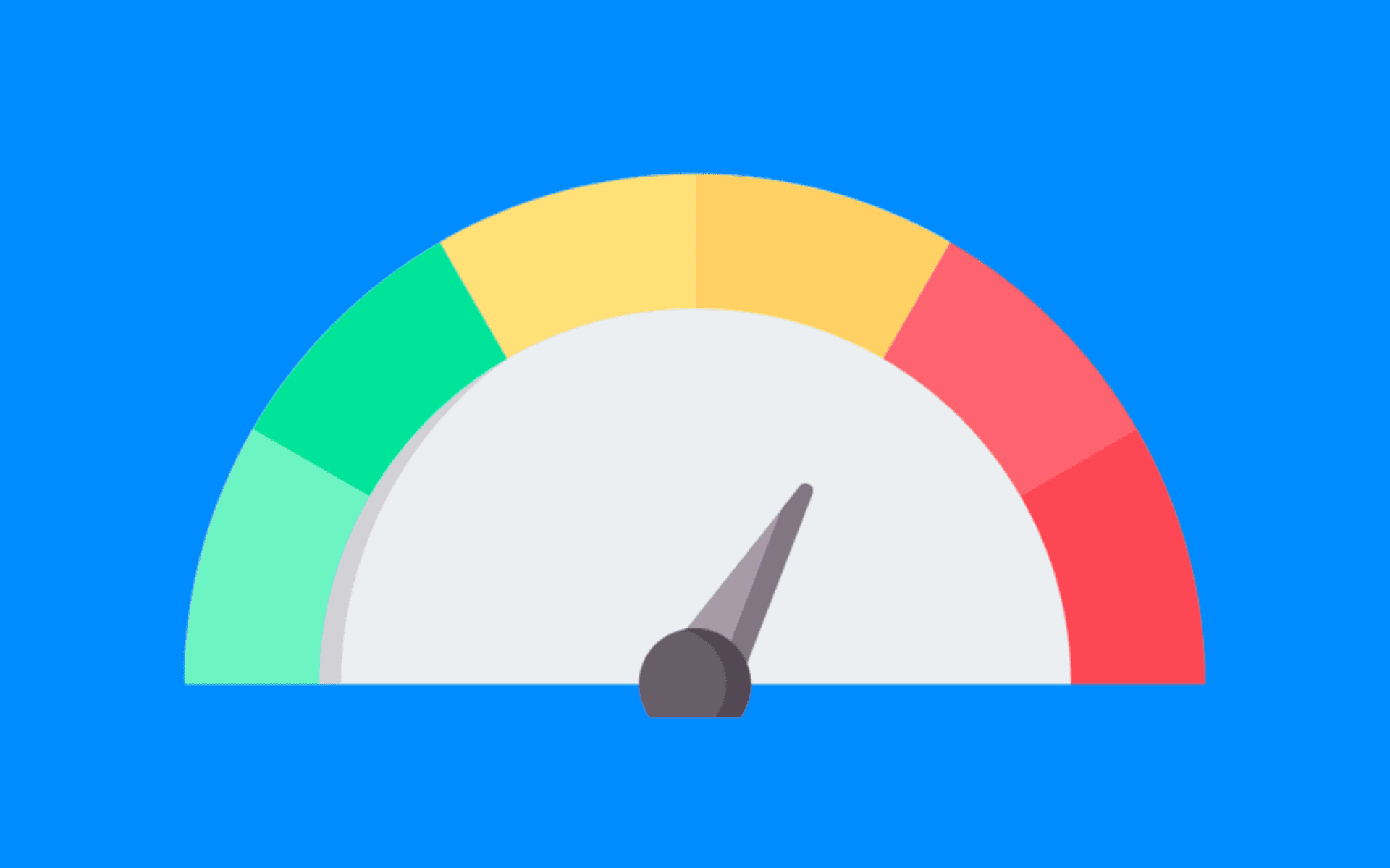Every interaction with your company has the power to alter your customers' experience with your brand. Knowing how to measure customer service is a key to creating moments of delight, and creating fans for life.
Kind of like having a finely tuned radar, measuring your customer service efforts helps you get to the heart of your customers' thoughts and feelings. It guides your team towards actionable insights, and paves the way to create unbeatable value in the market.
In this article, we'll explore the best ways to measure customer service, so you can create a memorable experience at every brand touchpoint. The top metrics are:
Customer Satisfaction Score (CSAT)
Net Promoter Score (NPS)
Customer Effort Score (CES)
Average Response Time
First Contact Resolution Rate (FCR)
Resolution Time
Customer Churn Rate
Customer Retention Rate
Customer Service Agent Performance Metrics
Customer Service Response Rate
Customer Sentiment
What are Customer Service Metrics?
Customer service metrics are quantifiable data points used to measure the performance and effectiveness of customer service operations within an organization. When collected right, the metrics provide the right insights into various aspects of your interactions with customers, service agent performance, and overall service quality.
Common customer service metrics include Customer Satisfaction Score (CSAT), Net Promoter Score (NPS), Customer Effort Score (CES), average response time, first contact resolution rate, and customer churn rate. Each metric offers unique perspectives on different stages of the customer journey and can help you identify different strengths, weaknesses, and areas for improvement in your customer service strategies. Monitoring these metrics over the long-term can helps drive customer satisfaction and loyalty year over year.

Why Measuring Customer Service Matters
Measuring customer service is not just about tracking numbers. It's about understanding the pulse behind your customer's experience, and ensuring that every touchpoint contributes positively to overall customer satisfaction. Here are the top ways measuring customer service can directly benefit your team:
1. Turn insights into customer satisfaction
Customer service metrics like CSAT, NPS, and CES, provide direct insights into how satisfied customers are with your service. These metrics gauge customers' perceptions, feelings, and experiences, helping you understand what aspects of your service are working well, and where improvements are needed.
2. Identify pain points
By analyzing customer service metrics, you can pinpoint specific pain points in the customer journey. Long wait times, or poor customer service agent interactions will tank your customer experience fast. Identifying these pain points helps you take more targeted action.
3. Improve customer retention
Exceptional customer service plays a pivotal role in customer retention. Measuring metrics like customer churn helps you stay on top of how many customers are leaving, and why. With this data you can better implement strategies that enhance customer satisfaction, build loyalty, and reduce churn.
4. Enhance service quality
Tracking metrics like average response time, or first contact resolution rate is a great way to stay close to how customers are perceiving your service quality. Timely responses, and effective issue resolution are major contributors to your overall customer experience.
5. Drive business growth
Happy customers are more likely to become repeat buyers, and brand advocates. Measuring customer service metrics and continually improving service quality directly impact customer satisfaction levels.

Top 11 Metrics to Measure Customer Service
If you're not exactly sure how to measure customer service, there are a handful of metrics you can choose from based on the outcome you are looking to achieve. Selecting the right ones will help you gain meaningful insights into your customers' experiences, that they'll thank you for!
You’ll likely want a mix of metrics, to support the specific goals in your voice of customer program. Here are the top 11 metrics you can use to evaluate and enhance your customer effort score:
1. Customer Satisfaction Score (CSAT)
CSAT measures how satisfied customers are with a specific interaction or experience with your brand. It is typically measured through post-interaction customer satisfaction surveys asking customers to rate their satisfaction level. A great foundational metric to understand customer feedback.
ExampleImagine you're a Director of Insights at a SaaS company. Your team regularly sends out CSAT surveys after resolving customer inquiries. One month, you notice a dip in CSAT scores related to a recent software update. Collaborating with your Product team, you identify bugs causing frustrations. Addressing these promptly, you witness CSAT scores rebound, reinforcing customer trust and loyalty.
2. Net Promoter Score (NPS)
NPS measures customer loyalty and brand advocacy by asking customers how likely they are to recommend your product or service to others. NPS benchmarks and categorizes customers as promoters, passives, or detractors based on their responses. A common question on customer surveys, best used in conjunction with questions designed to prompt qualitative responses.
Example
You're the Director of Customer Experience at a telecommunications company. After analyzing and understanding the results of your NPS surveys you discover a segment of delighted customers advocating your new service plans. Leveraging this insight, you develop tailored referral programs, incentivizing loyal customers to become brand ambassadors and drive new customer acquisitions.
3. Customer Effort Score (CES)
CES measures the ease of customers' experiences when interacting with your brand. It focuses on how much effort customers had to exert to get their queries resolved or their needs met.
Example
Imagine leading the Customer Support team at a leading e-commerce platform. Noticing rising CES scores in checkout support queries, you work to streamline the checkout process to reduce steps and clarify payment options. As a result, CES scores decrease, indicating a smoother shopping experience, and boosting checkout completion rates.
4. Average Response Time
This metric tracks the average time it takes for your customer support team to respond to customer inquiries, whether through phone, email, chat, or social media platforms. A great element to measure customer service success.
Example
As a Customer Service Manager in a software firm, you track Average Response Time (ART) to streamline support processes. By setting ART targets, improving ticket routing, and training agents on quick resolutions, you enhance satisfaction and operational efficiency, optimizing team performance and customer service performance.
5. First Contact Resolution Rate (FCR)
FCR measures the percentage of customer inquiries or issues that are resolved successfully during the first interaction, without requiring follow-ups or escalations. A key metric for customer service success.
Example
As an Operations Manager, you run a global retail chain. Observing FCR metrics, you realize that recurring customer queries require multiple interactions for resolution. Implementing a knowledge base overhaul and enhancing agent training on common issues, you elevate FCR rates, improving customer experiences and operational efficiency.
6. Resolution Time
Similar to response time, resolution time measures the average time taken to resolve customer issues or requests completely. A key metric for customer service teams to benchmark performance over time.
Example
Picture yourself as the Service Delivery Manager at a cloud services provider. Analyzing resolution time metrics, you notice delays in addressing complex technical issues. Introducing tiered support structures and specialized training programs, you equip agents to handle intricate problems faster, leading to reduced resolution times and increased positive sentiment.
7. Customer Churn Rate
Churn rate measures the percentage of customers who stop using your product or service over a specific period. High churn rates indicate dissatisfaction or unmet expectations.
Example
As the VP of Sales at a mobile app startup, you're analyzing churn rates and identify patterns of user disengagement post-free trial periods. You use churn rate metrics to create targeted initiatives to enhance onboarding experiences, provide proactive customer support during critical milestones, and offer exclusive upgrade incentives. Together, these activities reduce churn rates and foster subscription renewals.
8. Customer Retention Rate
Contrary to churn rate, retention rate measures the percentage of customers who continue to use your product or service over time. It reflects customer loyalty and satisfaction, and is a great measure of customer experience.
Example
Imagine leading the Customer Retention team at a SaaS company. Monitoring retention rates, you notice a drop in renewals among long-term customers. With this insight, you choose to conduct personalized outreach campaigns and offer tailored loyalty incentives. These activities re-engage customers, improve retention rates, and unlock revenue growth from existing accounts.
9. Customer Service Agent Performance Metrics
These metrics include average handling time (AHT), customer satisfaction scores per agent, adherence to scripts or protocols, and feedback from customers regarding agent interactions. A good one to have in the mix to assess customer service performance over time.
Example
As the Contact Center Manager at a financial institution, you're responsible for monitoring customer service data to maintain quality for the service agent team. Reviewing AHT data, you identify prolonged call times related to complex account verification processes. Automating routine verifications and providing agents with updated tools, you reduce AHT significantly, allowing agents to handle more calls effectively without compromising service quality.
10. Customer Service Response Rate
Response rate measures the percentage of customer inquiries or feedback received that are acknowledged or responded to by your customer service team within a specified timeframe.
Example
As the Head of Customer Experience at an e-commerce platform, you identify delays in responding to customer queries due to high volume. Implementing streamlined ticket systems, real-time monitoring, and agent training leads to faster responses. This boosts satisfaction and operational efficiency, improving overall customer experience.
11. Customer Sentiment
Collect qualitative feedback from customers through surveys, reviews, and social media mentions. Use sentiment analysis tools like Kapiche to analyze and understand customer sentiments, identify trends, and extract actionable insights from unstructured data sources.
Example
Imagine you're the Chief Data Officer at a retail chain. Leveraging sentiment analysis tools, you delve into customer sentiment across social media platforms. Identifying trends in positive sentiment around new product launches and customer service interactions, you're able to fine-tune marketing strategies and service offerings, amplifying positive brand perception and customer loyalty.








